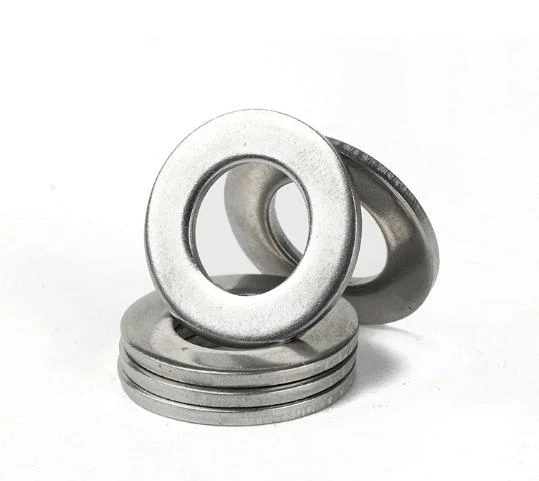

types of self tapping screw
Ott . 03, 2024 15:21 Back to list
types of self tapping screw
Types of Self-Tapping Screws Understanding the Basics
Self-tapping screws are a vital component in many construction and manufacturing processes. These screws are designed to create their own mating thread in the material they are driven into, eliminating the need for pre-drilling. This feature makes them incredibly efficient and versatile for various applications. In this article, we will explore the different types of self-tapping screws and their unique characteristics.
1. Thread-Cutting Screws
Thread-cutting screws, also known as machine screws, have sharp threading that cuts into the material as they are inserted. These screws are typically used in harder materials like metal and are designed to displace material rather than compress it, creating a thread in the process. They are particularly useful in situations where the screw needs to anchor into solid substrates, offering a strong, secure hold.
2. Thread-Forming Screws
Unlike thread-cutting screws, thread-forming screws do not cut into the material but instead form threads as they are driven in. These screws are designed to compress the material around them, making them ideal for softer materials such as plastic or wood. They often possess a smooth shank that facilitates the forming of new threads without causing any debris, making them cleaner and easier to use.
types of self tapping screw

Self-drilling screws are a subtype of self-tapping screws that feature a drill-like tip. This special design allows them to create their own pilot hole while tapping the thread. They are particularly advantageous when working with metals, as they can penetrate through harder materials without the need for a separate drilling tool. The efficiency of self-drilling screws significantly reduces labor time and material handling.
4. Wood Screws
Specifically designed for wood applications, wood screws often have coarse threads that provide a strong grip within the wood fibers. Some versions are designed with a sharp tip that can penetrate wood easily, reducing the risk of splitting. While they may not be considered traditional self-tapping screws, their ability to create their own thread in softer materials makes them a close relative.
5. Sheet Metal Screws
Sheet metal screws are utilized primarily for fastening metal sheets together. They are characterized by their strong threads designed for use in thin metal applications. These screws typically have a sharp point that allows them to penetrate metal sheets effectively, making them ideal for roofing and HVAC applications.
Conclusion
Understanding the different types of self-tapping screws is crucial for selecting the right screw for your project. Whether you are working with wood, metal, or plastic, the type of self-tapping screw you choose can greatly affect the durability and integrity of your work. By considering the material and application, you can ensure that your fastening solutions are both efficient and effective.
Latest news
-
Premium Fasteners Manufacturer | AI-Driven Solutions
NewsAug.01,2025
-
Hot Dip Galvanized Bolts - Hebei Longze | High Strength, Corrosion Resistance
NewsAug.01,2025
-
High-Strength Hot Dip Galvanized Bolts - LongZe | Corrosion Resistance, Custom Sizes
NewsAug.01,2025
-
Best Self Tapping Screws for Drywall - Fast & Secure Installation
NewsJul.31,2025
-
High-Strength Hot Dip Galvanized Bolts-Hebei Longze|Corrosion Resistance&Customization
NewsJul.31,2025
-
Hot Dip Galvanized Bolts-Hebei Longze Metal Products|Corrosion Resistance&High Strength
NewsJul.31,2025

